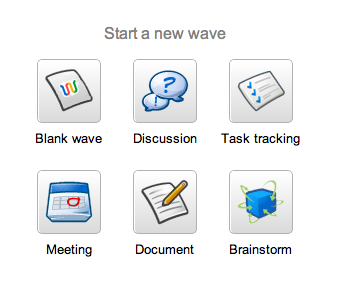Edtech companies: inspiring or conspiring?
As I attend an increasing number of conferences, I’m becoming more and more aware of differences in approach taken by educational technology-related companies. Broadly-speaking, they can be represented on a continuum from ‘conspiring’ to ‘inspiring’ (place each on the left or the right depending on your political preferences).
To my mind, there’s three ways in which an edtech company can be inspiring:
- Develop a product or way of learning that changes the parameters of the debate
- Model effective practices with a demonstrable commitment to pedagogy
- Solve a genuine learning problem
The first type can usually only be done by someone as large as Google, someone with the money, time and resources to either invent or mainstream something that changes conversations about learning and teaching.
I’ve already written about how I believe BrainPOP! to be an example of the second type; their product, whilst great, isn’t as important as their approach to how they do business.
The third type, solving a genuine learning problem (not a pseudo-problem or manufactured crisis) is important. Let me attempt to explain the subtle difference between conspiring and inspiring:
- If you’re providing a way to make examinations faster and cheaper without adding any value to the process, then you’re conspiring.
- If your business model is predicated upon an ‘average teacher’ or lecturer who is hostile to technology, then you’re conspiring.
- If you uncritically apply the latest fad, buzzword or way of describing your product to what you’re offering, then you’re conspiring.
Involving yourself and your company in the above means conspiring to rob students of authentic and valuable educational experiences. You’re conspiring, at the end of the day, to enrich yourself and your colleagues at the expense of learners.
How, then, can edtech companies, inspire?
- By making more intuitive something (educationally-valuable) that was previously difficult, awkward or tricky.
- By helping engage learners through pedagogically-sound processes and not just shiny toys and impressive graphics.
- By treating teachers as professionals who care about educational experiences without castigating them for not necessarily jumping on the latest bandwagon.
The Inspiring/Conspiring continuum, then, is my new method of judging edtech companies. I’ve seen some of both at the conference I’m currently attending, and I’ll be avoiding BETT 2011 (based on past experience) due to too much of a focus at the wrong end of the continuum.
As I explained to Gavin Cooney, CEO of Learnosity, after BETT 2008 I was fairly convinced that their offering, a method of recording students for language learning, was in the ‘conspiring’ camp. I couldn’t see how they were adding value. Now that I’ve actually seen what they do, I’m more convinced to place them in the other camp. It can be subtle, as it’s often one of emphasis, but anything that allows learners of a compulsory foreign language to enjoy what they’re doing, pseudocontext to be avoided through real-world learning, and teachers to have access to intuitive technology, is OK by me. 🙂




 When you throw the extensions into the mix, you’ve got a very powerful collaborative tool. The iFrame gadget, in particular, is an extremely valuable option. I can imagine, for example, distributed teams using Google Wave for meetings. They’d use the meeting or brainstorm template, add the ‘Yes/No/Maybe’ gadget and the ‘Map’ gadget to organise a face-to-face meetup. There’s also several gadgets to turn Google Wave into the liveblogging app to end all liveblogging apps:
When you throw the extensions into the mix, you’ve got a very powerful collaborative tool. The iFrame gadget, in particular, is an extremely valuable option. I can imagine, for example, distributed teams using Google Wave for meetings. They’d use the meeting or brainstorm template, add the ‘Yes/No/Maybe’ gadget and the ‘Map’ gadget to organise a face-to-face meetup. There’s also several gadgets to turn Google Wave into the liveblogging app to end all liveblogging apps:






